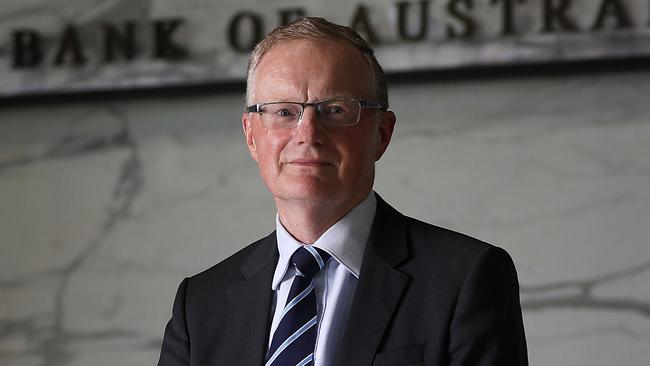
Inflation is roaring back all over the pandemic world, due to consumer preferences for goods, supply disruptions, extravagant shipping costs, rising wages and energy shortages.
But in Australia our economic helmsmen say don’t worry, be patient, these nagging price pressures will come out in the wash as we settle into a post-Covid normal of strong growth, full employment and rising living standards.
Plus, we may be immune from catching the wage-push inflation virus, because Australia is special, that’s different, not odd.
Josh Frydenberg insists the inflation genie is not out of the bottle, while RBA governor Philip Lowe says we won’t import sizzling-hot inflation from abroad.
On Tuesday, Lowe abandoned the bond market charade known as yield curve control, but he’ll never give up confidence about backing the right policy horse. The markets tipping a rate rise next year, he says, are dreaming.
Still, the next rise in the cash rate will be sooner than the 2024 forward guidance, maybe 2023.
But in Lowe’s reckoning this is actually good news. With the RBA tipping 2.5 per cent core inflation in 2023, bang in the middle of the target range, this was evidence of a monetary policy sweet spot. Mission accomplished, as this would imply wages growth of 3.5 per cent and productivity was at 1 per cent. It’s been a while since we hit such a beautiful set of numbers.
In a Q&A session with reporters and economists after the RBA board meeting and the Cup, Lowe declared “we don’t have an inflation problem in Australia”.
He pointed out US employment costs were rising by 5 per cent a year, as many had dropped out of the labour market during the pandemic. In Australia, thanks in part to JobKeeper maintaining the link between workers and employers, participation had remained relatively high.
Our wage price index is growing at an anaemic annual 1.7 per cent, which Lowe says is a testament to the laser-like focus on costs by Australian bosses.
As well, given households are carrying top-weight levels of debt, the likelihood that an inflationary colt gets out of the stable is quite low. If the RBA raises interest rates, even by a little, Lowe says that’s going to bite, by reining in consumer spending.




Home-building costs are surging like an elegant mare in the straight, top-grade petrol is at a flaming $2 a litre, and core inflation has slipped into the Reserve Bank’s 2 to 3 per cent starting gate.